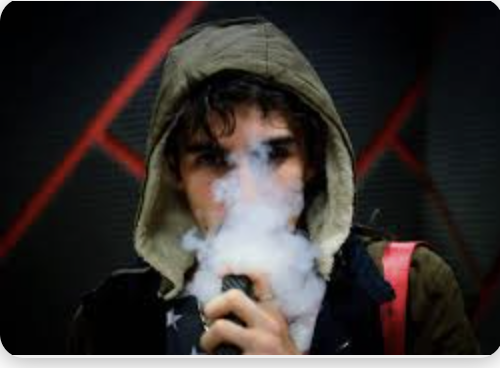Term 2-Week 4
Section outline
-
EXPLORE / TŪHURA learning intentions:
- We are EXPLORING the complex world of risky human rights business and our role in protecting the human rights of others.
- We are EXPLORING the events that led to the creation of UDHR.
- We are EXPLORING the struggles for rights in the present time.
- We are EXPLORING how and why identities and culture can be multiple and dynamic in the context of teen vaping in New Zealand.
- We are EXPLORING how society’s range of social organizational systems impact upon the rights, roles, and responsibilities of people and groups regarding teen vaping in New Zealand.
- We are EXPLORING different views about human rights and how they are valued and applied in the context of teen vaping in New Zealand.
Enter text here...
This week:
Teen Vaping in Aotearoa New Zealand

Rich question suggestion:
How is vaping influencing teenage culture in Aotearoa New Zealand?
Systems:
Health, capitalist
Global flows:
Vaping, policy, legislation, media
Values and perspectives:
Public health, capitalist
Concepts:
Culture, community, society, health, rights, roles, responsibilities, laws, youth, identity, media, colonisation, power, capitalism, beliefs, values, freedoms etc
Learning Intentions:- Understand how vaping culture and identity are constructed among teenagers.
- Recognize the influence of peer groups, social media, and marketing on teenagers' vaping behaviours and identities.
- Investigate how factors such as age, gender, socioeconomic status, and ethnicity intersect with vaping culture among teens.
- Identify the regulatory frameworks and policies governing the sale and marketing of vape products in New Zealand.
- Understand how these regulations impact teenagers' access to vaping products and their rights as consumers.
- Analyze the roles and responsibilities of various stakeholders, including government agencies, schools, parents, and vaping industry players, in addressing teen vaping.
- Examine the rights of teenagers to health, safety, and information regarding vaping products.
- Evaluate conflicting perspectives on teenagers' autonomy and freedom of choice in relation to vaping.
- Investigate advocacy efforts aimed at protecting teenagers' rights and promoting public health in the face of the vaping epidemic.
- Understand how the vaping industry uses marketing tactics to target and influence teenagers.
- Analyze power dynamics between teenagers, parents, schools, and vaping companies in shaping attitudes and behaviors related to vaping.
- Investigate the consequences of teen vaping on individual health, social norms, and community well-being, particularly in vulnerable or marginalized groups.
- Examine how global trends in vaping culture and industry influence teenagers in New Zealand.
- Analyze the role of online platforms and international marketing campaigns in promoting vaping among New Zealand teenagers.
- Investigate the implications of teen vaping on public health policies, healthcare systems, and community resources at the local and national levels.
Success Criteria:- Students critically analyze the cultural, social, and economic factors contributing to teen vaping in New Zealand.
- Students evaluate the impact of vaping on teenagers' identities, well-being, and societal normsStudents demonstrate an understanding of power dynamics and interests shaping the vaping landscape among teenagers.
- Students apply their understanding of regulations, rights, and responsibilities to propose strategies for preventing and addressing teen vaping in New Zealand.
- Students suggest interventions to mitigate the influence of marketing and peer pressure on teen vaping behaviours.
- Students effectively communicate their findings and perspectives on teen vaping through written or oral presentations.
Activities:
1. Article reading (Google classroom)
2. Documentary and questions (Google classroom)
